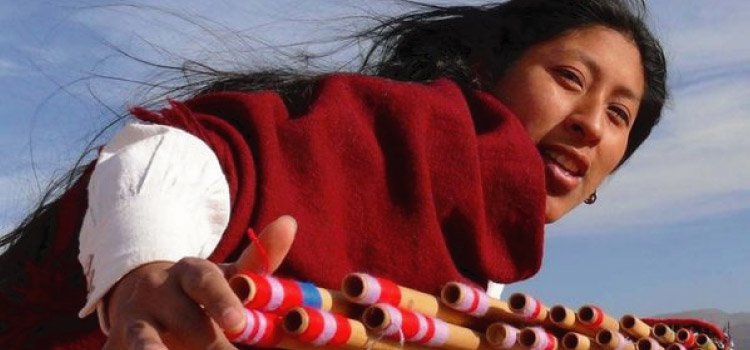
Northern music
A sound that resembles the wind, the vibration of some strings and a constant percussion. It is the music of the north, which has a very strong identity and its origin in the mixture of the customs of the pre-Columbian peoples with elements of the Spanish conquest.
Although they may vary, the most used string instruments are the guitar, the charango and the violin; the Sikus, the quena, the erke and the erkencho and percussion, the hype.
The sikus is composed of wooden tubes of different lengths and the sound is transmitted when blowing inside. Quena, on the other hand, is a kind of wooden flute. The erke is the most extravagant and big instrument. It is a long and thin wooden tube and ends with a piece similar to a pipe, which is called a pavilion. The erkencho is smaller and is a cow horn with a mouthpiece.
The rhythms are also diverse. Among them we find the jujeño carnival, the zamba -which is the national dance-, the chacarera, the chamamé and the cueca, also spread throughout the rest of the country. There are others less known, such as the Yaravi -played with Quena-, the annotated -a set of flutes-, the Sikuri -with Sikus and percussion.
The places to listen and dance are the rocks. The best known are in Salta capital and San Salvador de Jujuy, although in any corner we find musicians playing. In some there is dinner and show -it can be booked in advance- and in others the improvisation is what rules. Anyone can carry a guitar -or borrow it- and start playing and singing. In these places, we usually find long tables to share.
There are many famous musicians born in northern lands. Mercedes Sosa was one of the most recognized Tucumán singers in both Argentina and the rest of the world. Another known Tucumán is Ramón "Palito" Ortega. The beloved Nocheros, Los Chalchaleros and Chaqueño Palavecino were born from Salta - whose nickname refers to the fact that he was born in the Salta Chaco.
What other rhythms and musicians do you recognize? What do you expect to go to enjoy a real rock?

